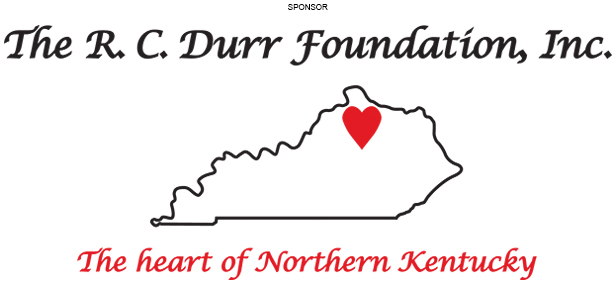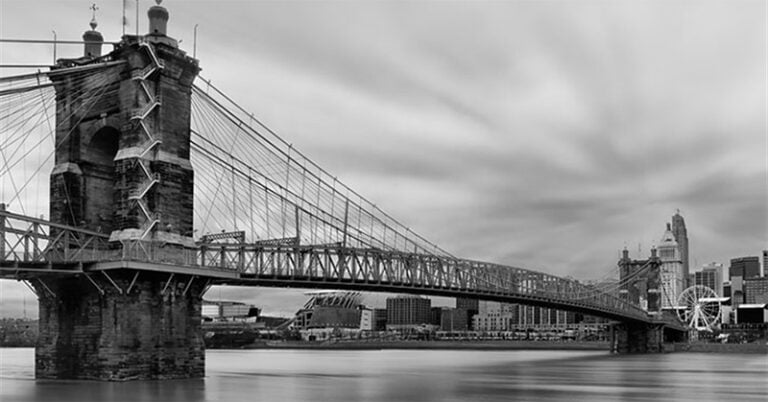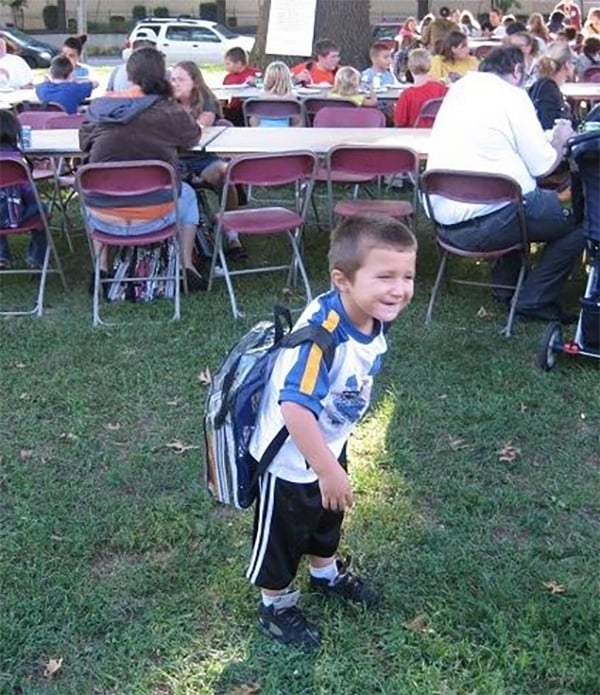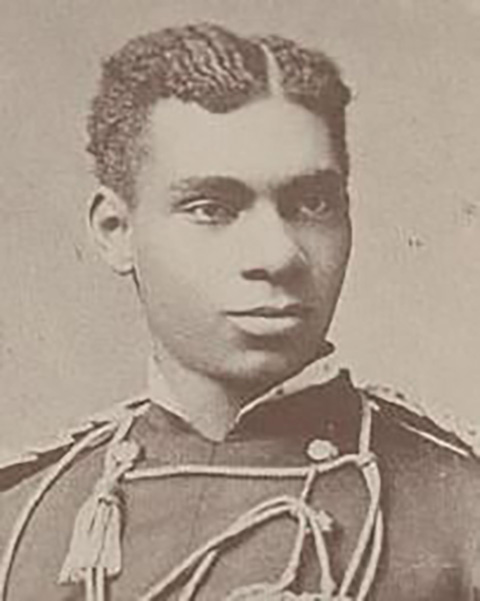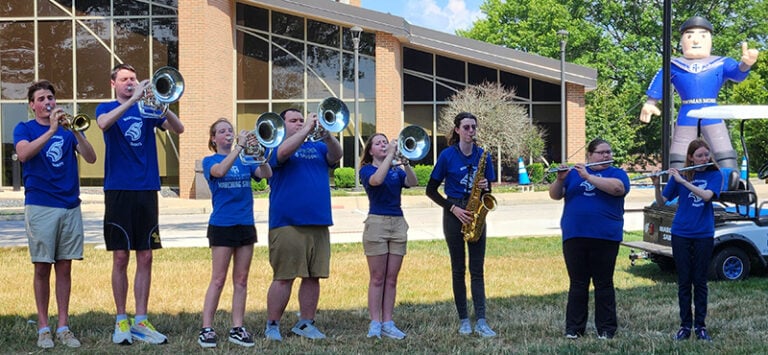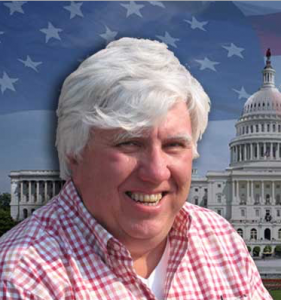By Vicki Prichard
NKyTribune Contributor
The year was 1942, and Bob Williams was ready to serve his country.
“The post office had an Army poster – “Uncle Sam Wants You” – with a paratrooper coming down with a Thompson submachine gun, shooting it, and I said, “I think I’d like to do that,” says Williams. “I volunteered when I was 18. My mother had to sign for me because it was a month before my 19th birthday.”

And so began the first step that would place Williams, of Independence, among the 12,000 members of the 101st Airborne Divisions “Screaming Eagles” that would parachute behind enemy lines in Operation Overlord on June 6, 1944 – D-Day. What he couldn’t have imagined at the time was that 50 years later he would return and jump again.
Training for the Day
After enlisting, his first stop was Camp Toccoa, GA, where he trained as part of the 506 Parachute Infantry Regiment.
“We were the first parachute regiment when the 101st Airborne was formed,” says Williams.

After more training – qualifying parachute jumps and maneuvers – they were shipped to Camp Shanks, NY in September of ’43. From there they set sail to England on an English passenger liner.
“It took us 13 days to get over there,” says Williams. “Because of al the submarines in the Atlantic, the ships changed course every 15 minutes, so 13 days on that boat was enough.”
By November ’43 they were training for D-Day, but didn’t know where it would take place.
“We thought maybe it was Normandy, or Belgium,” says Williams. “We didn’t know we were going to jump across the channel into Normandy until just a couple of days before we did.”
In early June of ’44, they were called to an assembly area in Southern France.
“Eisenhower came in and talked to us, they fed us steaks – really fed us great. I hadn’t had a steak in two years. Somebody said, “They’re feeding us, getting ready for the kill, I guess.”
When the day arrived, the men marched out to the airfield. After about two hours of assembly for 900 planes they took off. It was around 11 pm.
“As soon as we approached the coast of France anti-aircraft started going off. These guys who had never been into combat suddenly realized that this was it,” says Williams.
It wasn’t long before they crossed the Normandy Peninsula toward Utah Beach. Williams was dropped into Sainte Mere Eglise.
“I jumped. It was pretty low. We were supposed to jump at about 800 feet, and the pilot told me later that it was closer to 600 – 650 feet on account of the anti-aircraft fire,” says Williams. I know it didn’t take me very long to hit the ground. I landed in about two feet of water where the Germans had flooded the inland area behind the beach.”
It was the largest air-sea invasion the world would know, but it would not be Williams’ last jump from the skies above France. Fifty years later, he was ready to jump again, and found platoon buddies who were ready to join him. He persevered through the red tape to make it a reality.
Set to soar again
In 1994, at the age of 71, Williams, along with 19 fellow paratroopers, soared in the skies above Normandy to re-create the dramatic jump on the 50th anniversary of D-Day.
“When we went out to the plane and put our parachutes on, climbed aboard the plane, we didn’t have any seats, we had to sit on the floor,” says Williams. “Everybody was laughing and joking before we got on the plane, but once we got on the plane nobody said a word.”
The plane took off and headed for Normandy.

“I tell you, it was something else. None of these guys said anything. The same thing was going through everybody’s mind. We stood up and hooked up. We made four passes, four or five of us jumped at a time. The oldest was 83. I got down good – no problems.”
As for what went through his mind on both of his historical jumps, Williams says, “I wasn’t so much scared on the first jump; I was more scared on the second jump. But after that, you’ve got a bunch of guys in back of you trying to get out to, so you can’t stop if you wanted to.”
In addition to Williams and his buddies, hundreds of other paratroopers from the U.S., Britain and France jumped that day, in ’94.
“I think there were 800 of them that jumped, but nobody was paying any attention to them, it was all the old guys,” recalls Williams.
Williams chronicled the experience in his book, Return to Normandy.



